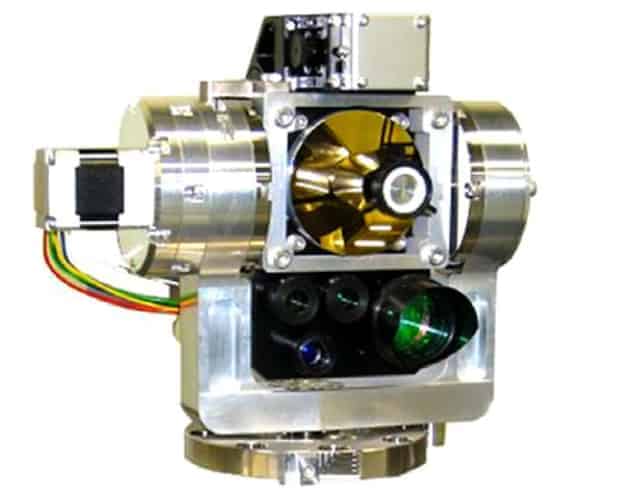
Physicists in China have achieved the first quantum teleportation from Earth to a satellite, while their counterparts in Japan are the first to use a microsatellite for quantum communications. Both achievements suggest that practical satellite-based quantum communications could soon be a reality.
Jian-Wei Pan of the University of Science and Technology of China in Hefei and colleagues used China’s $100m Quantum Experiments at Space Scale (QUESS) satellite to receive a quantum-teleported state. This was done over a distance of 1400 km from a high-altitude (5100 m) ground station in Tibet to QUESS. This is more than 10 times further than the 100 km or so possible by sending photons through optical fibres or through free space between ground-based stations.
Entangled transmission
Described in a preprint on arXiv, the process involves creating photons that are quantum-mechanically entangled and then transmitting them to QUESS. Last month, Pan and colleagues reported the distribution of quantum entanglement over 1200 km using QUESS.
Meanwhile, Masahide Sasaki and colleagues at the National Institute of Information and Communications Technology in Japan have shown that quantum information can be transmitted to Earth from a 5.9 kg photon source called SOTA – which is on board a 48 kg Japanese microsatellite called SOCRATES.
Quantum key distribution
Writing in Nature Photonics, Sasaki’s team reports that they were able to receive and process the information at a ground station in Japan using a quantum key distribution (QKD) protocol. QKD uses principles of quantum mechanics to ensure that two parties can share an encryption key secure in the knowledge that it has not been intercepted by a third party.


